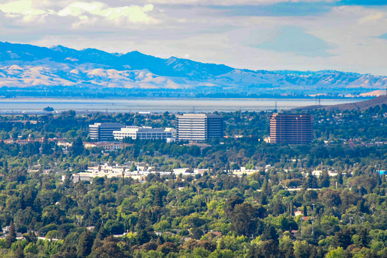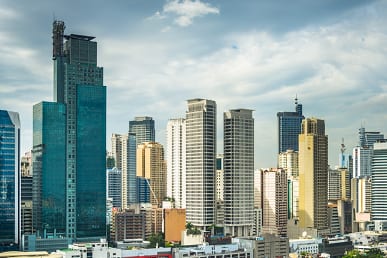 If you are a professional, skilled or unskilled worker, you may be admitted to the United States under the employment-based, third preference visa category (EB-3). Under the EB-3 preference category, a person with a full-time job offer from a U.S. employer is eligible for permanent resident status (green card) if certain criteria are met.
If you are a professional, skilled or unskilled worker, you may be admitted to the United States under the employment-based, third preference visa category (EB-3). Under the EB-3 preference category, a person with a full-time job offer from a U.S. employer is eligible for permanent resident status (green card) if certain criteria are met.
The EB-3 visa is available to three categories of workers: professionals, skilled workers, and unskilled workers. A professional is a person whose job requires at least a bachelor’s degree from a U.S. college institution or a foreign equivalent. Professionals include doctors, lawyers, engineers, nurses, physical therapists and teachers. A skilled worker is someone who might not have a college degree but has at least two (2) years of job experience or training. A skilled worker typically has knowledge in a specific skill or trade, such as auto mechanics, graphic designers, electricians, law enforcement officers, and computer technicians. Finally, an unskilled worker performs labor that requires less than two years of training or job experience. The “other workers” EB-3 job category is available for individuals performing unskilled labor that is not of a temporary or seasonal nature. Unskilled workers include housekeepers, farm workers, custodians, line operators and construction workers.
To be eligible for a green card in the EB-3 preference category, you must have a job offer for full-time employment from a U.S. company. You do not need to show that you are currently working at the company, only that the company plans to hire you after you receive your green card. You must also show that you intend to work for the petitioning employer after you receive your green card.
One of the first steps in being petitioned by an employer is for the sponsoring employer to file a labor certification application with the U.S. Department of Labor (DOL) to test the local labor market for qualified and available U.S. workers. If there are no qualified and available U.S. workers for the job, the position is certified, which means your employer is permitted to file a petition on your behalf. Labor certification is a highly detailed process that may take several months.
There are limited circumstances when a labor certification is not required. One exception to the labor certification requirement is if your occupation is listed under DOL’s “Schedule A.” The U.S. DOL classified certain jobs under Schedule A after having determined there to be a shortage of sufficient U.S. workers who are able, willing, qualified, and available for the positions. Currently, Schedule A occupations include physical therapists, nurses, and individuals of exceptional ability in the sciences and arts.
Eventually, the employer will be required to file a “Form I-140, Petition for Alien Worker” with the United States Citizenship and Immigration Services (USCIS). Your employer needs to demonstrate the ability to pay you the average wage of a similar worker in your position in the areas of intended employment (prevailing wage). After USCIS approves the petition, you may be ready to apply for an immigrant visa at a U.S. consulate abroad, or maybe even apply for your green card though adjustment of status if you are already living in the United States.
However, you cannot apply to become a permanent resident until a visa number is available to you. This is commonly referred to as your priority date being current. The U.S. government limits the number of green cards that are issued each year. These limits are based on the type of family relationship, the employment-based preference category, etc. You can check whether your priority date is current by checking the visa bulletin, which is updated and published each month.
Whether you are hired for a professional, skilled or unskilled job, your employment offer may lead you to a pathway to permanent residency. Contact an experienced immigration lawyer to learn more about the EB-3 preference category.




